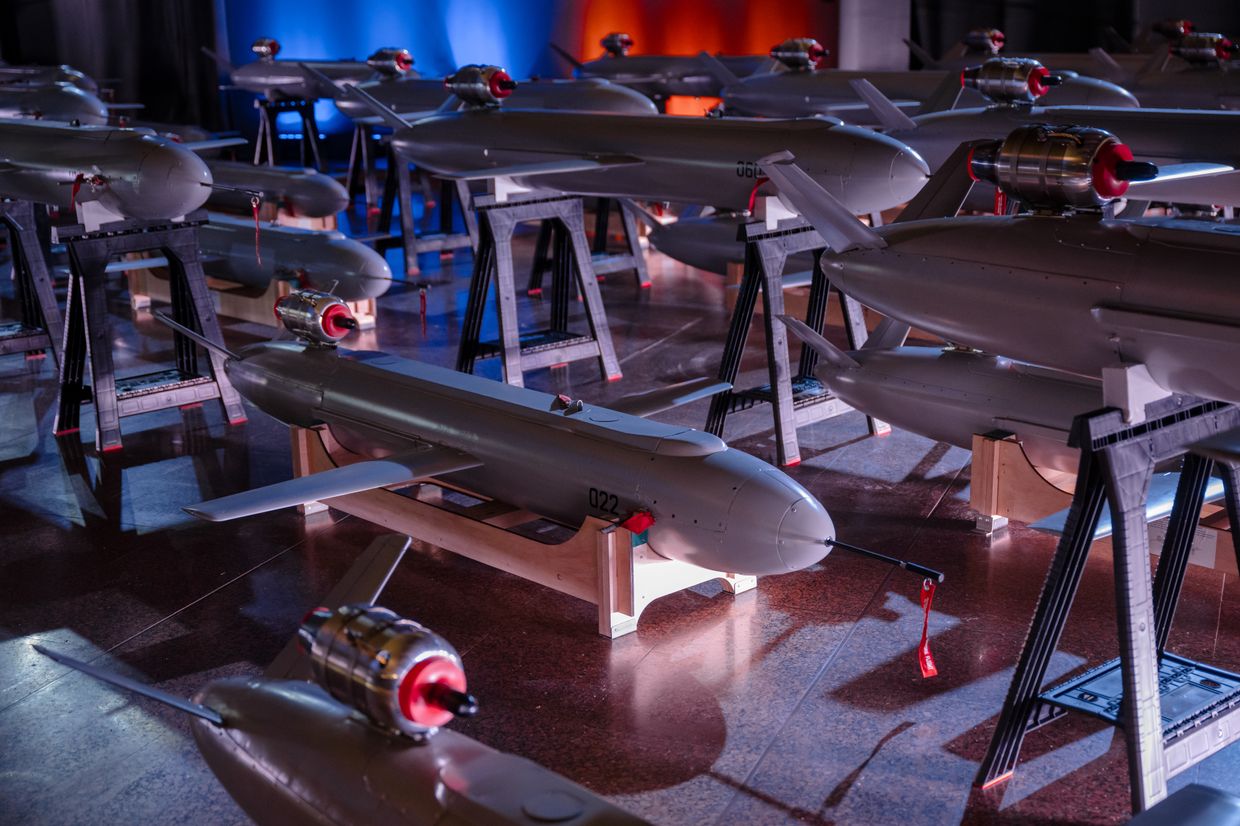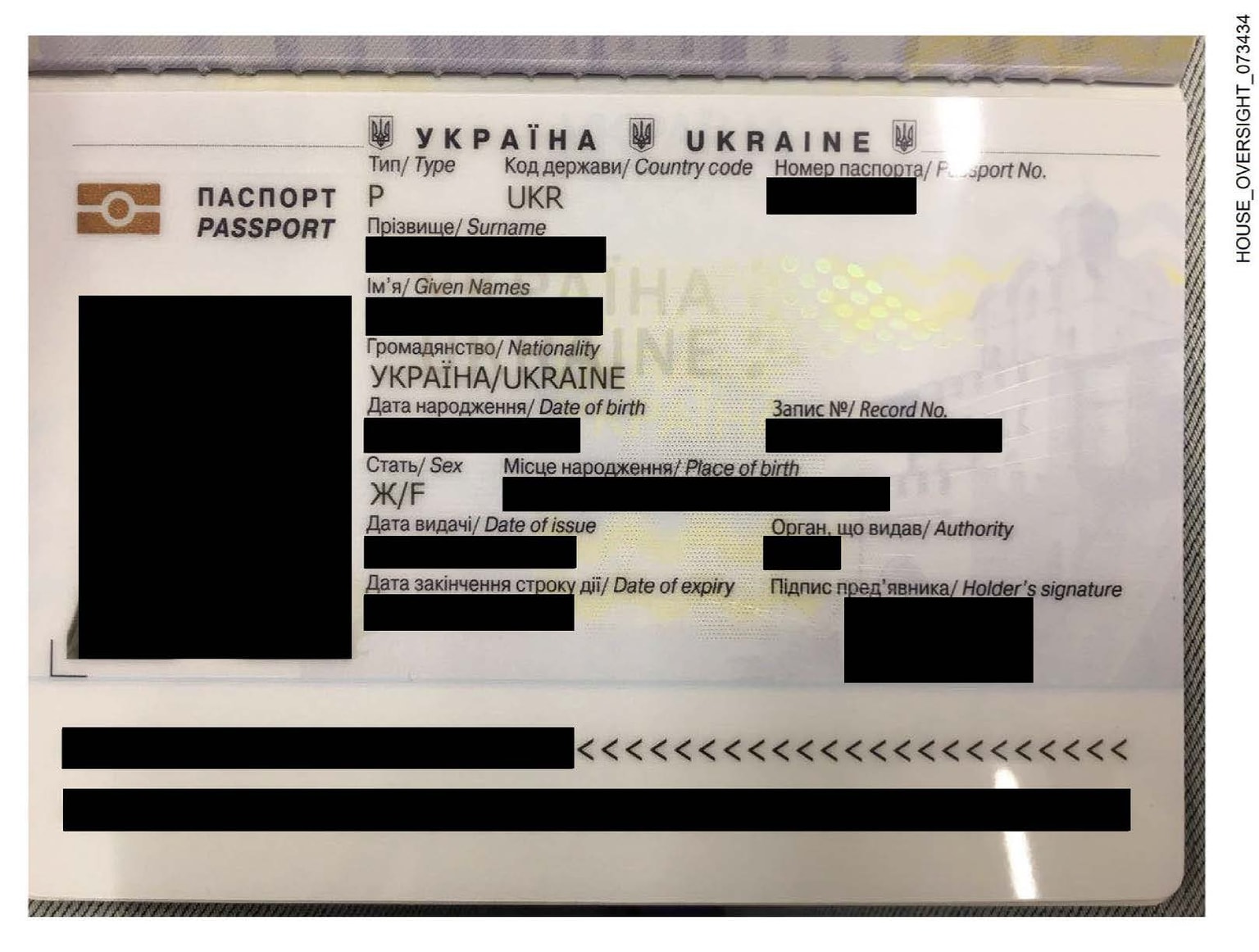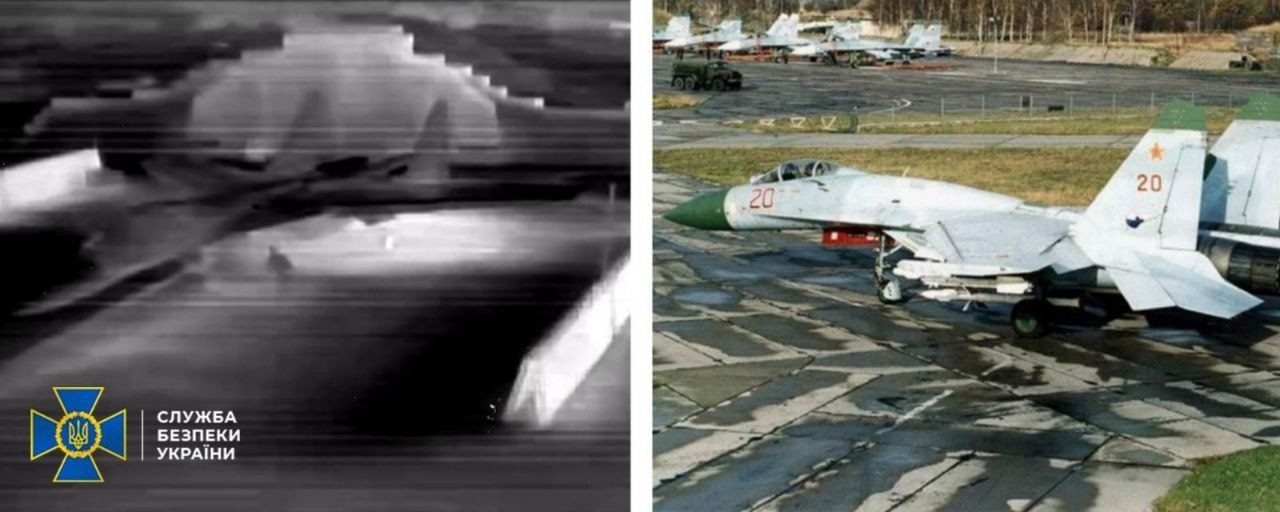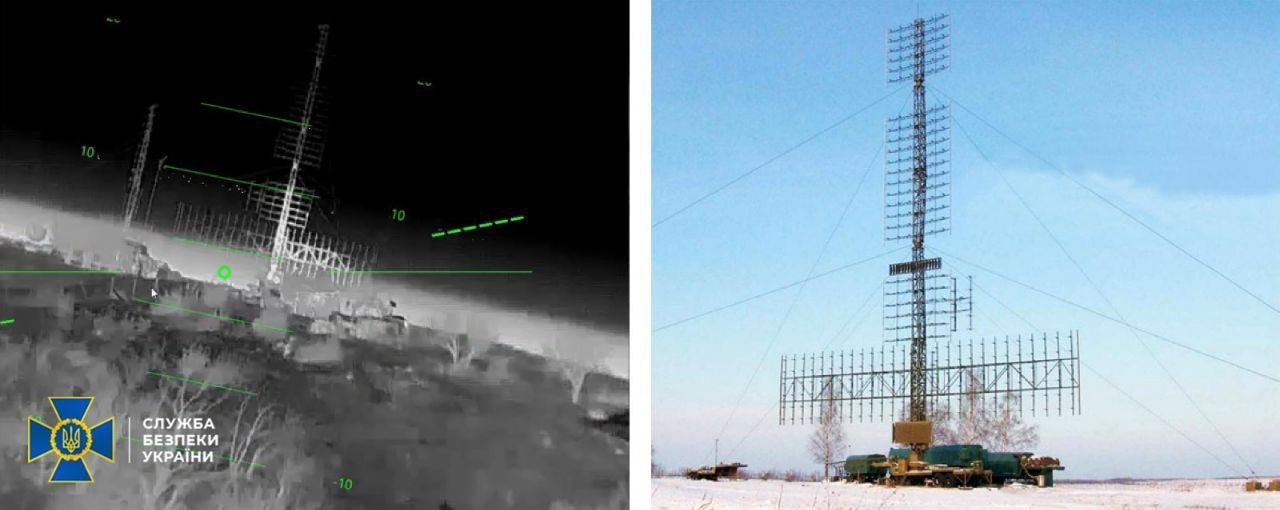
Why Ukraine isn’t building its own version of US Patriot
Ukraine cannot replace the Patriots for defending civilians against Russian ballistic attacks.
President Volodymyr Zelensky stands in front of a Patriot air defense missile system at a military training area in Mecklenburg-Western Pomerania, Germany, on June 11, 2024. (Jens Buttner / Picture Alliance via Getty Images)
A series of Russian ballistic missile attacks on Ukrainian cities have killed dozens of civilians in recent weeks, shaking an already uneasy sense of safety for Ukrainians living far from the front lines.
The Russian strikes are growing more lethal as foreign air defense aid to Ukraine has dwindled, particularly deliveries of Patriot missiles. Ukraine is left struggling to cover the shortfall.
Ukraine’s ability to shoot down inbound Russian drones and cruise missiles has grown enormously since Russia’s full-scale invasion. But despite ingenuity in domestic weapon production over the past three years, Ukraine has no homemade equivalent to the Patriot, a U.S.-made surface-to-air missile system whose latest iterations are uniquely good at stopping ballistic missiles in flight.
Ukraine’s local missile makers are working through a long list of demands on their production, while also finding their factories under frequent Russian aerial strikes. Before February 2022, Ukrainian aerospace engineers were reconfiguring their leftover Soviet air defense batteries for the next generation of threats. Like the stocks of Patriot missiles, those systems are also running low on ammunition, and their designers are prioritizing building cruise and ballistic missiles over anti-ballistic air defense missiles.
Ukraine is consequently unlikely to field strong anti-ballistic missile defenses of its own any time soon. The only near-term solution to Russia’s increasingly aggressive ballistic attacks remains the delivery of more Patriot missiles from allied nations.
Renewed Russian strikes and reduced Ukrainian defense
Ballistic missiles are among the toughest challenges that any air defense system faces. They fly in high parabolas far from the Earth’s surface, coming down at several times the speed of sound to strike their targets.
Intercepting ballistic missiles in their flight paths requires precision both in detection of incoming missiles and in the launch and targeting of outgoing air defense missiles. Cruise missiles and drones fly slower and nearer to the ground, giving ground-based air defense more time to hit them out of the sky.
“There's a big difference between ballistic missile defense and missile defense targeted at air-breathing threats like drones and cruise missiles,” said Fabian Hoffmann, a missile specialist at the Oslo Nuclear Project. “Airbreathing” refers to aircraft with jet engines that take in oxygen as they fly at relatively low altitudes. “For ballistic missile defense, there simply is no shortcut.“
Much of the weaponry American arms makers have sent to Ukraine has fallen short on the battlefield. Missile defense systems are a major exception, particularly when it comes to fending off ballistic threats like Russian Kinzhals and Iskanders.
“The Americans mastered that technology because they had to,” said Hoffmann. “The U.S., after the Cold War, operated under the assumption that it would always have air dominance near where it fought. That means the only credible airborne threat you really have to worry about is standoff munitions like ballistic and cruise missiles.”
Under President Donald Trump, the U.S. has slowed down air defense aid to Ukraine. The last major shipment of Patriot equipment was the week following Trump’s inauguration — 90 missiles redirected from Israel. Another Patriot system from Israel is currently being refurbished after almost a year of back-and-forth, but U.S. standards of “refurbishment” have famously held up much simpler deliveries like armored vehicles for months.


Ukraine guards details about its missile programs in general and air defenses in particular extremely closely. But by the figures available, the situation is growing dire.
NATO Secretary General Mark Rutte lamented that almost all the Patriots promised to Ukraine were already there as of the middle of April.
The Defense Department declined to provide specifics as to remaining Patriot deliveries. A spokesperson told the Kyiv Independent that "the Defense Department continues to provide equipment to Ukraine from previously authorized PDA and USAI packages.”
EU countries that had previously shared their Patriots more generously with Ukraine have run through much of their own stockpiles and are now buying up new missiles.
Russia has at the same time radically stepped up its own ballistic missile production. While Ukraine claimed Russia was running out of Iskanders early in the war, production has rebounded to “between 40 and 50 Iskanders per month,” Andriy Yusov, a representative of Ukraine’s Main Intelligence Directorate, said in December. Russia is launching more of those Iskanders as Ukraine has gotten worse at deflecting them.
The numbers reported by the Ukrainian Air Force show a major drop off in the effectiveness of air defense against ballistic missiles in recent months. They tally a total of 22 ballistic missiles fired at Ukraine throughout April, mostly Iskanders. The Air Force reported that air defenses shot down eight, seven of which were in a mass attack on Kyiv, the best-defended city in the country. That attack still saw four missiles touch down, killing 12 civilians and injuring another 87.
Other Russian attacks used Iskanders with cluster munitions to kill 20 in Kryvyi Rih on April 4 and 34 in Sumy on April 13. Another strike on Kyiv killed two and injured eight on the night of May 6. The new vulnerability is acutely felt among Ukrainians who had previously relied on stronger protections in cities far from the front.
What Ukraine has and what it needs
Ukraine is working to shield itself from the increasingly brazen Russian strikes on civilians. President Zelensky is haggling for Patriot systems with money he doesn’t have. Ukraine also cannot bootstrap a modern Patriot system or PAC-3 missiles of its own at home.
“Developing SAM (surface-to-air) systems is expensive and time-consuming,” says Michael Duitsman, a missile expert at the Middlebury Institute’s James Martin Center for Non-Proliferation Studies.
“SAMs are a system of systems — missiles, launchers, radars, computers, software, user interfaces, etc. Each of those components needs to be developed, prototyped, and tested, and all of them must mesh together and perform reliably against hostile forces in adverse conditions. This can involve years of testing and debugging.”
Domestic Ukrainian air defense is dominated by leftover Soviet SAM missile launchers, especially S-200s and S-300s.

Post-Soviet Russia upgraded the S-300s to S-400s, which are supposedly better at shooting down ballistic missiles. But an S-500 that, as proposed, more closely resembles the newest Patriots has remained under development for years. Chief of the General Staff of Russia’s Armed Forces Valeriy Gerasimov announced the first S-500 division in December. The only known footage emerged days later.
Ukraine was already at work on an S-300 upgrade of its own called the SD-300 before the war. Per a since-removed 2021 flyer from Design Bureau Luch, the envisioned system still had a warhead, meaning it still relies on fragmentary explosions that the newest and best anti-ballistic defenses have moved away from.
The physical hardware of these anti-ballistic missiles takes years to build out. But improvements in software, particularly in algorithms predicting the trajectory of incoming ballistic attacks, would be a cheaper way of boosting S-300 effectiveness, as would more imports of advanced radar systems.
But Ukraine is also running low on ammunition for its SAMP-T and S-300 systems, as well as Patriots. The factories that would, pre-war, have been best equipped to build out more ammunition or upgrades for these S-300s find themselves prime targets for Russian air attacks.
Ukraine is, for now, trapped in a vicious cycle in which it needs air defense to protect the factories where it can build more air defense missiles of its own. They are also the same factories working on Ukraine’s own cruise and ballistic missiles — namely the Neptune and Hrim-2 — which have taken priority since the war’s outset.
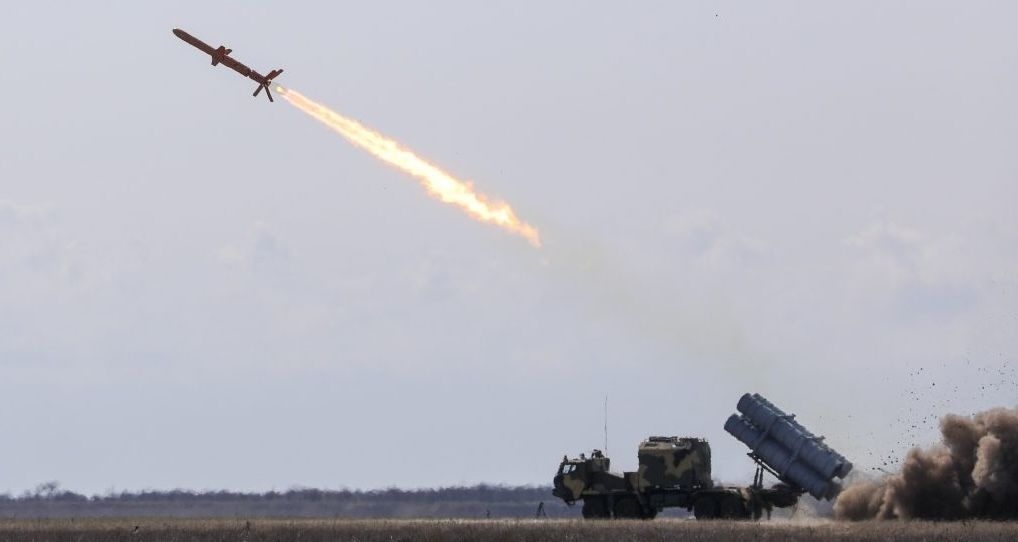
Hoffmann, for one, sees domestic anti-ballistic defenses as being far out of range for Ukraine’s wartime research and development relative to other, cheaper drone and missile development.
“If the Ukrainians start investing in indigenous BMD (ballistic missile defense), I’ll eat my shoe,” said Hoffmann. “That would not be worth it from an opportunity cost perspective.”
Ukraine consequently continues to bank on the West to provide more Patriot missiles.
What makes Patriot missiles unique
There are two main species of Patriot missiles critical to Ukraine today, PAC-2s and PAC-3s.
Raytheon makes Patriot ground systems, launchers, and PAC-2 missiles, which are primarily for shooting down cruise missiles. Lockheed Martin makes the PAC-3 missiles, which are, to all appearances, the best anti-ballistic defense on the international market, particularly the newest Missile Segment Enhancement (MSE) models.
The Ukrainian Air Force wrote early in April that since the start of the full-scale war, they had shot down 90 ballistic missiles and 40 Kinzhals, classified as “aeroballistics.”
Other air defense units in Ukraine include Soviet S-300s, Norwegian NASAMS, German Iris-Ts, and the French-Italian SAMP/T, the land-based system from Aster, and likely the closest competitor to the newest Patriots.
PAC-3s are uniquely designed to “hit to kill.” Traditional air defense missiles are shot into the sky to explode, sending shrapnel into adjacent incoming planes, drones, or missiles. Hit-to-kill missiles like the PAC-3 destroy their targets by physically flying into them.
A deck that Lockheed Martin provided to the Kyiv Independent touts that hit-to-kill attacks are far better at destroying not just the missile, but the explosives or even chemical charges that a missile is carrying. The company also says explosive air defense doesn’t change the flight path of ballistic missiles, leaving debris to fall more or less where it was initially heading.
In a statement, Lockheed Martin wrote to the Kyiv Independent: “PAC-3 Hit-to-kill technology encompasses advanced software and hardware components, including the seeker, a highly responsive airframe, agile control system, and guidance software. All components are necessary to achieve hit-to-kill capability.”

Without explosives, a PAC-3 is much smaller, lighter, and more maneuverable than a PAC-2. As a result, a standard Patriot launcher can fit 16 PAC-3s at once, as compared to four PAC-2s.
The precision targeting technology required for hit-to-kill is new. PAC-3s came under development when PAC-2s largely failed against Iraq’s arsenal of Soviet-made SCUD ballistic missiles in the first Gulf War. The embarrassment of those encounters prompted a new design that took a decade and a half to make operational.
To date, the U.S. is the only exporter of “hit-to-kill” technology in the world. China’s HQ-19 seems to use something similar, but public information is limited. The Chinese government announced a successful anti-ballistic test in 2022 but has remained quiet about details.
Russia, meanwhile, has the same S-300s as Ukraine as well as upgraded S-400s that Ukraine does not have. The Russian defense industry is working on the S-500 but has yet to properly field them.
Ukraine can similarly tinker with its stockpiles of S-300s, particularly with updated software and radar systems. But ammunition for those weapons is also running perilously low.
Ballistic patriotism and missile diplomacy
The PAC-3 MSEs boast two critical features. One is that they are uniquely effective at shooting down Russian ballistic missiles, as their time in Ukraine has demonstrated.
Thanks to this success, countries across Europe and the Middle East are petitioning the U.S. government to buy progressively more, with Germany getting the go-ahead for an unprecedented $5 billion purchase back in August.
The second critical feature of PAC-3s is that they are produced en masse, at a scale that is growing thanks to their performance in Ukraine and an increasing number of nations ordering them to defend themselves from ballistic missile attacks.
Lockheed Martin is planning to expand production from 500 to 650 annually. Multinational European missile maker MBDA has gotten the go-ahead to build the first manufacturing for Patriots outside of the U.S.
New production of Patriot missiles will, however, take years to build out. Largely thanks to their performance in Ukraine, a glut of new Patriot missiles should be going around in two years. Meanwhile, Ukrainian air defense remains largely dependent on foreign donations of missiles, whose supply is stretched thin worldwide.
Note from the author:
Hi there, this is Kollen, the author of this article. Thanks for reading. Ukrainians’ responses to Russia’s invasion showcase a society that is deeply resilient and inventive, despite pullbacks in aid. If you like reading stories highlighting the development of Ukraine's wartime technology and economy from on the ground, please consider supporting our work by becoming a member of the Kyiv Independent.

